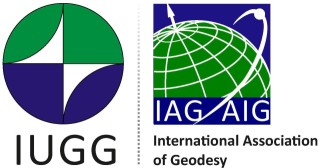Post-glacial rebound is the ongoing response of the Earth and the ocean to the melting of Pleistocene ice sheets. This unloading initiated an uplift of the crust close to the centers of former ice sheets. Today, vertical surface velocities in Fennoscandia reach values up to around 1 cm/year and are dominated by post-glacial rebound, while additional signals caused, e.g., by the elastic rebound from contemporary melting of glaciers, tectonic processes or hydrological loading contribute less.
Along with the crustal uplift, also the geoid undergoes corresponding temporal variations. Geoid rates are of particular interest for (i) the definition and realization of vertical reference frames and (ii) for the inter-comparison of geodetic observing techniques like GNSS and levelling. This is, because the geoid may act as height reference surface and because it allows connecting geometric with physical height values, respectively the corresponding vertical velocities. Thereby, our main interest is to quantify the sensitivity of geoid rates in Fennoscandia as a function of mantle rheology and ice history, and to compare modelled geoid rates and surface velocities with observations.
In the present study, we use different ice histories (i.e., ICE-3G, ICE-5G, ICE-6G) to model the present-day geodetic variations in Fennoscandia using the SEa Level EquatioN solver (SELEN). In turn, we compare the semi-empirical land uplift model NKG2016LU for the Nordic-Baltic region, based on GNSS and levelling, with the modelled present-day geodetic variations to get an insight into the development of ice models throughout time and the significance of model differences for the derived quantities (crustal uplift and geoid rates).

 PDF version
PDF version
